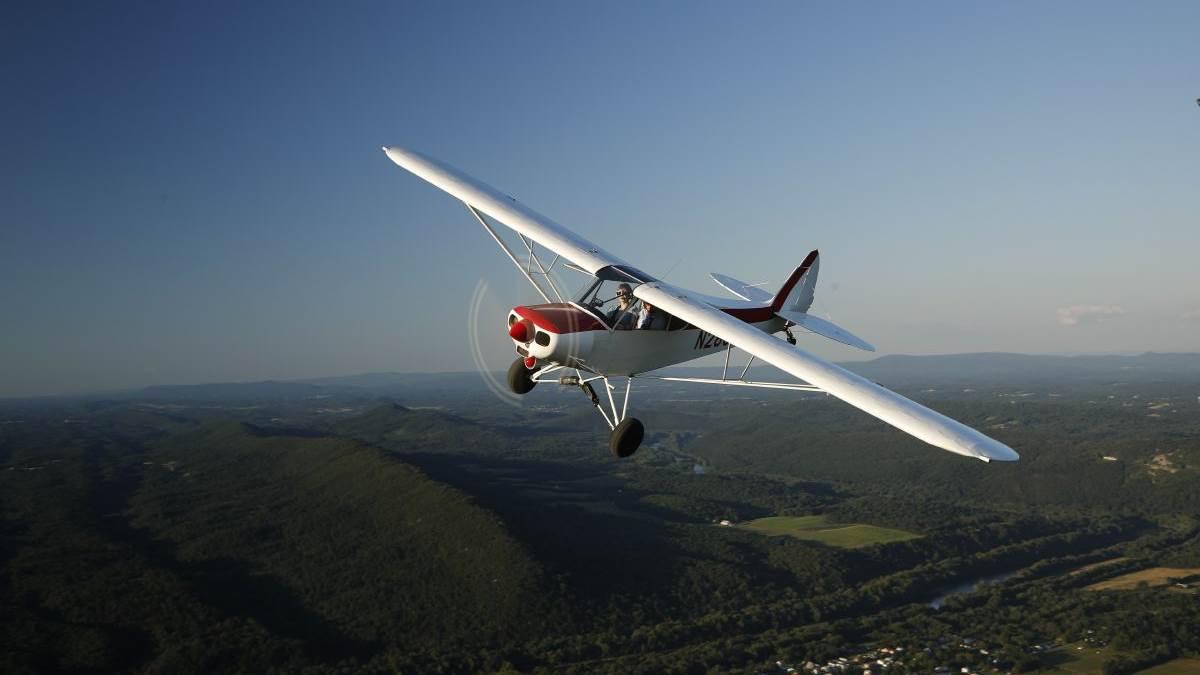ASI News: Have a seat, shut the door
Go beyond the basic passenger brief
By Alicia Herron
When you pass your checkride, you’ll gain the privilege of flying passengers. And while sharing the joy of general aviation is unique and worthwhile, passengers are a new and potentially distracting factor to deal with in flight. Here are some tips to make your post-checkride flying a success.

It takes immense trust to be a passenger, and if you want someone to fly with you more than once, make their first flight a positive experience that’s memorable for all the right reasons. Be patient and don’t make assumptions about what nonpilots do or do not know. We pilots are used to small airplanes, but something seemingly as simple as a GA seatbelt can be daunting. Getting in and out of the airplane—a task you may do without thinking—may require a detailed demonstration. Set aside time before yelling “clear!” to give a solid briefing and allow your passengers to ask questions. Waiting until after engine start is too late—the time and money pressure of a running Hobbs meter can lead to a rushed delivery of vital information.
Advise your passengers to do their best not to talk during radio communications. Even fellow aviators can have trouble with this one, so anticipate asking for silence. Consider using sterile cockpit procedures below a certain altitude and during high-workload phases of flight like takeoff and landing. The “isolate” button is your friend.
Teaching your passengers what to do in an emergency likely won’t frighten them. They’re more likely to be impressed by your concern for their safety, and knowing what to do “just in case” will be a comfort. And, of course, if something unexpected does happen, it is in everyone’s best interest that your passengers are familiar with what to do.
Check in on them throughout the journey: after start-up, before takeoff, and in flight. Even the most resilient and adventurous among us can have a change of heart. Be understanding and prepare yourself for the idea that you might have to cut the trip short. This is a great reason to make a first flight local—save the cross-country for later.
Don’t deliberately frighten your passengers—feeling true fear in the air will keep someone from ever flying with you again. Save stalls for solo flight or dual instruction, and use gentle, coordinated turns. Let them know before you reduce power—to the uninitiated, the sound of lower rpm midflight might sound like an engine failure.
Added stress aside, flying with passengers can be highly rewarding. How often do we get to introduce someone to something totally new? And just think: If your passenger likes the flight, they might become a pilot, too.


